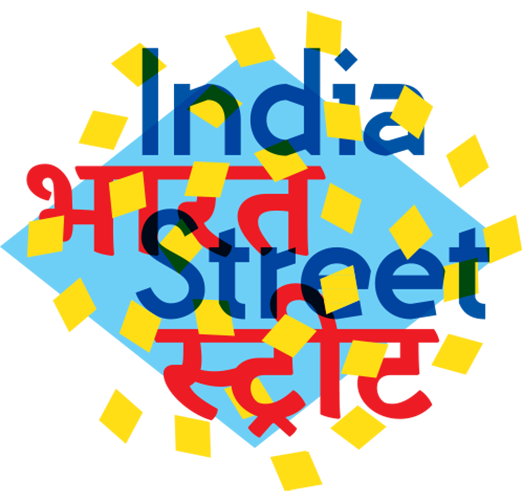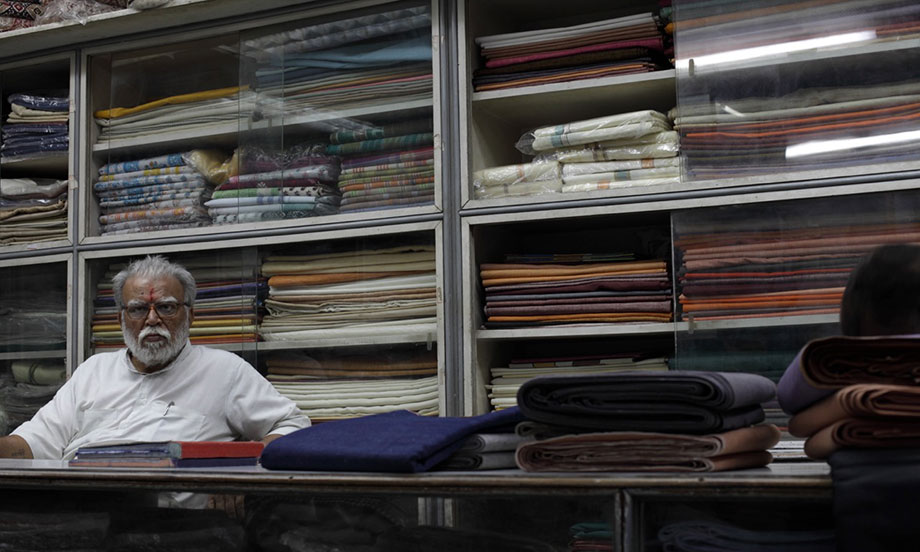Khadi Shop
Katy West
Khadi was fundamental in the drive for independence, being used as a tool for strengthening communities and national pride, and as a weapon against the economic power of British colonial rule. Where once imported goods were seen as status symbols, home produced goods grew in popularity with local suppliers able to increase their prices. Khadi, which pre-Gandhi was seen as ‘boorish,’ became the uniform of the Indian National Congress Party and a visual symbol of independence from foreign material.
Gandhi’s holistic vision for Swadeshi – a permanent, not merely temporary economic revolution based on local trade – was never fully realised. Businessmen and politicians such as Nehru (who would become India’s first Prime Minister) were in favour of a technologised, industrialised India. Thus, instead of Gandhi’s village economy, it is the global, booming textile industry that we recognise in India today.
In light of Khadi’s contribution to India’s independence there has been a statutory government body subsidising its production since 1956. In the wake of such intense industrialisation this has been vital to support a ‘labour surplus’ country like India. Khadi requires little capital to set up, thereby making it an economically viable option for the rural poor.
This has maintained consistently large production rates for Khadi in India. The irony however is that most of the fabric produced on hand looms is synthetic and plain, made into school uniforms and hospital bedding, using none of the craftsmanship demonstrated by the many forms of highly-skilled weave techniques in India.
Khadi emporiums, such as the Khadi Shop on Relief Road in Ahmedabad, offer a wide range of premium quality Khadi in bleached and unbleached tones, with borders woven into the fabric or left plain. Charlotte Linton’s Pyjamas and Gabriella Marcella’s Shoppers have both been made from fabrics sourced here.


